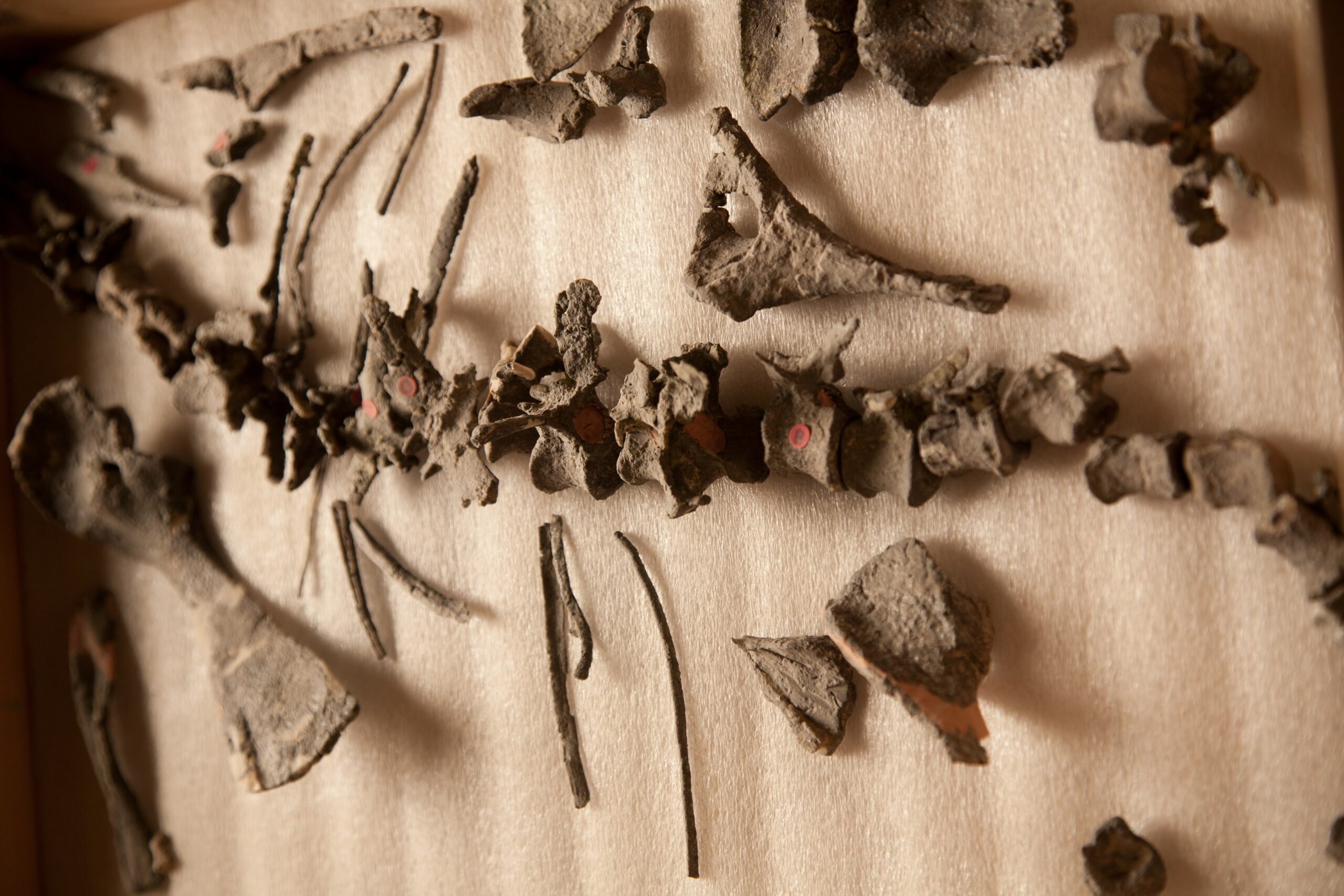Cold weather is for penguins and polar bears. It’s for walruses and whales, for Frozone, Elsa, and Lorelei Gilmore. But it’s not for me, and it’s not for dinosaurs…or so I thought. Even though dinosaurs, along with most other reptilian animals, are most associated with tropical climates, tangled in greenery and living in a perpetual summer, there were some that withstood the windchill.
From Australia to Russia to Alaska to Antarctica, paleontological discoveries have proved the existence of dinosaurs in tundra regions.
Earth has always been a shapeshifter, so climates are quite different than they once were. Southern Australia, in these prehistoric eras, used to be much farther south – within the Antarctic circle. During the Cretaceous period, several species suffered through three to six-month snowy winters and survived.
Can you even imagine a dinosaur with a cold? I can only assume a dinosaur sneeze sounds like a sonic boom.
It wasn’t just a select few, all kinds of dinosaurs lived in polar conditions – spiked, feathered, and beaked raptors, gigantic tyrannosaurus relatives, carnivores, herbivores, you name it.
How did they do it?
It was first thought that the fossils found were casualties of migration. These cold climates were just pit stops on the way to a more temperate place. But this theory was quashed with the discovery of juvenile bones, suggesting that these dinosaurs were not just passing through, but rather, nesting, making a quaint home of the arctic.
This begged the question, “Are dinosaurs warm-blooded?” If not, how is it possible that they could last through such conditions without internal heat?
Some paleontologists and field researchers theorize that some dinosaurs may, in fact, be warm-blooded or at least able to regulate their body temperature metabolically.
Some say that these dinosaurs, even the non-aviary kind, had feathers as an adaptation for insulation.
Some simply say that because these locations were not as cold as they are today, it would not have been as difficult as we think to survive in those conditions. Carnivores would have had enough prey to eat, and herbivores enough conifers and other ferns to munch up, giving them enough fat to keep them warm.
Gigantothermy (a unique form of heat generation that would allow a dinosaur to maintain its body heat by its bulk alone) has also been suggested, but this only explains heat regulation for larger dinosaurs and leaves out smaller dinosaurs like Troodon. Ultimately, with the information we have, we can’t quite know. What we do know though, is in any environment, dinosaurs found a way.


